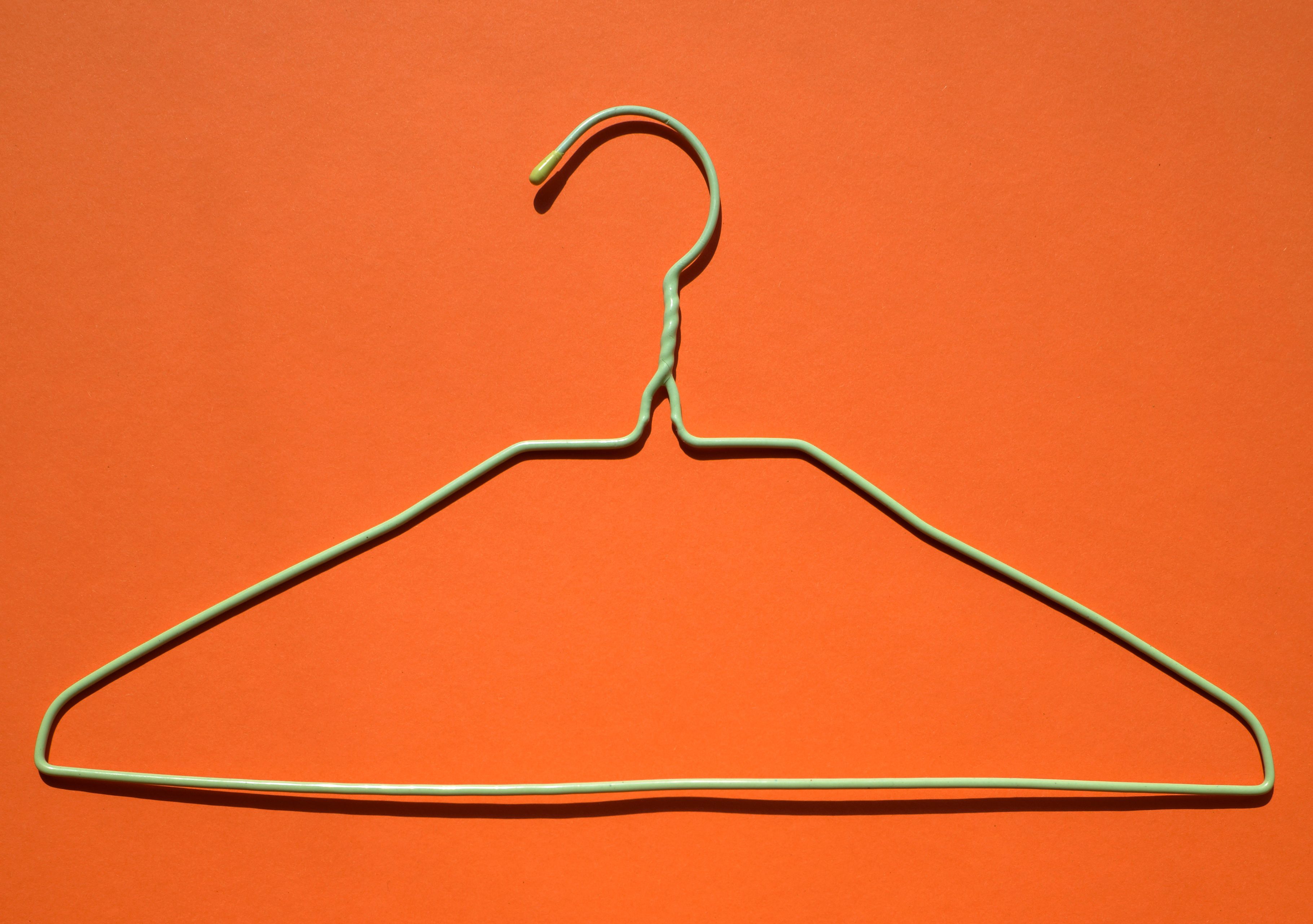 The shoulder is the most mobile joint in the human body, but for a lot of people, it’s not as mobile as it’s designed to be.
The shoulder is the most mobile joint in the human body, but for a lot of people, it’s not as mobile as it’s designed to be.
Many don’t notice mobility issues until pain sets in. “If the shoulder cannot move correctly, there is a risk of impingement [pinching] of muscles, especially muscles of the rotator cuff and biceps,” explains Alyson Craig, a sports physical therapist with Indiana University Health, Bloomington. Muscles get caught in the space between the shoulder’s ball and socket, and pain ensues.
This wear and tear can be problematic in and of itself, but it could also lead to further mobility issues down the line. If a certain shoulder workout has been painful in the past, your body will guard against performing that movement again, explains Dr. Grant Jones, a sports medicine physician with Ohio State University Wexner Medical Center. Over time, as a shoulder’s protective mechanisms get more and more, well, protective, the shoulder can become unable to reach even once pain-free positions. However, these mobility limitations can cause compensations and pain elsewhere in the upper back, neck and shoulders.
Depending on the shoulder’s exact mobility limitation, this can result in pain or difficulty while conducting everyday activities, such as trying to put away dishes, grabbing something out of the back seat of a car, fastening a bra or scrubbing your back in the shower, explains Ioonna Félix, a physical therapist and clinical supervisor at the Hospital for Special Surgery Sports Rehabilitation and Performance Center in New York City. “A restriction in range of motion or mobility can potentially lead to stiffness in daily activities, inefficient movement patterns, decreased muscle strength and eventually overuse pain and injuries,” she says.
RELATED: Flexibility and Mobility Are Not the Same Thing–Here’s Why It Matters
If the shoulder cannot move properly – for instance, raising the arm straight up toward the ceiling, arms in line with the ears – completing overhead pressing movements like shoulder pressing or simply lifting a box into the attic, could result in more traumatic injuries like sprains and tears, Craig explains.
According to a 2014 BMC Musculoskeletal Disorders study, one in four women ages 20 to 55 complain of shoulder pain. And on any given day, roughly one-fifth of adults are walking around with torn rotator cuffs, according to 2013 research in the Journal of Orthopaedics.
How’s Your Shoulder Mobility?
An easy assessment for shoulder mobility is to stand in front of a mirror and watch yourself performing the following moves, comparing the right and left sides, Félix says. As you perform the below movements, she recommends asking yourself the following questions. However, if you notice any pain within the joint or limited motion, she suggests speaking with a physician or physical therapist.
“An assessment by a health care professional will determine the cause of any deficits and whether it’s related to a posture or soft-tissue impairment or a pathoanatomical [diseased or damaged tissue] cause such as a rotator cuff tear,” she says.
Overhead reach. Raise both arms up overhead without arching your low back. Do both arms reach the same height? Are your arms in line with your ears?
Behind-the-back reach. Reach the right arm behind your back. How far does it go up? Any pain? Repeat with the left. Is the height similar? Do you have pain?
Over-the-shoulder reach. Lift the right arm over and behind your head, reaching as far down toward your neck and shoulder blades as possible and note the location. Repeat with the left. Compare sides.
Finger-to-finger reach. Bring the right arm over and behind your head while simultaneously reaching behind your back with your left arm. Do your fingertips overlap, touch or are your fingers more than 2 inches apart? Compare with the other side.
Shoulder Mobility Exercises to Incorporate in Your Workout Routine
Shoulder mobility exercises are vital to strengthening the muscles that connect to and surround the shoulder through a full range of motion, Craig says. She recommends integrating them into your pre-workout warmup. The exact number of reps you perform depends on your current level of fitness, strength and shoulder health. The goal is to perform enough reps that you feel your muscles working, but not so many that they are exhausted before your workout even begins. Start with one set of each exercise.
“It will allow the muscles to function more effectively during upper body strength exercises to decrease injury risk,” Craig says. “If there are mobility restrictions, however, it would be best to do mobility exercises on a daily basis to help counter all of the activities during the day that are contributing to the loss of motion.”
Foam roller arm raises. Tight chest muscles can restrict shoulder motion by pulling on the muscles of the upper back. This exercise helps to relax the chest muscles while also training upward rotation of the shoulder blades, according to Félix.
Instructions: Lie on your back on a foam roller, with one end under your tailbone and the other end under your head for support. Bend your knees to plant your feet flat on the floor, between hip- and shoulder-width apart. Let your arms fall perpendicular to your sides, with your palms facing up. From there, slowly slide your arms up along the floor until you feel a stretch in your chest. Do not allow your ribs to come up or your lower back to arch. Pause, then slowly return to start.